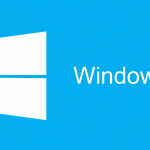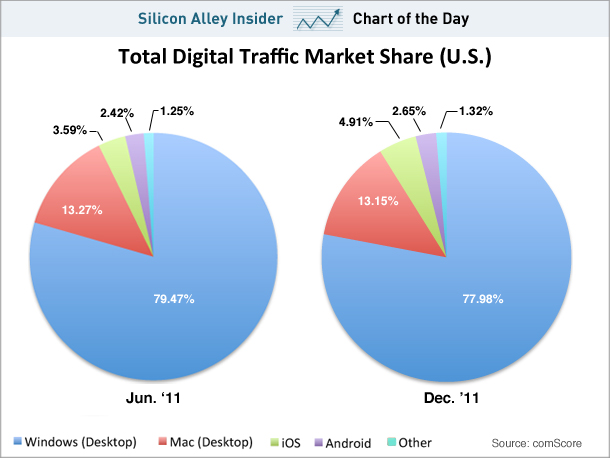
Microsoft just dropped a bomb that will echo through the world of software piracy for a long time: Windows 10 will be a free upgrade even for non-genuine versions of Windows.
“We are upgrading all qualified PCs, genuine and non-genuine, to Windows 10,” Windows operating systems chief Terry Myerson told Reuters on Wednesday.
This means that all users running a pirated copy of Windows 7 or Windows 8 will be able to upgrade to Windows 10 — a stark contrast to Microsoft’s anti-piracy measures in the past, which included an activation system as well as warnings and reduced functionality for Windows systems that were determined to be non-genuine.



